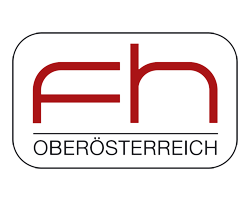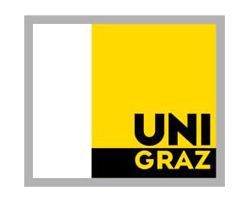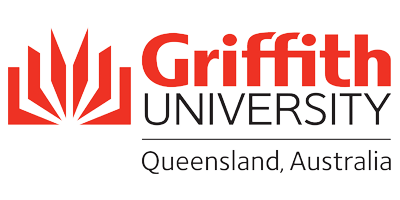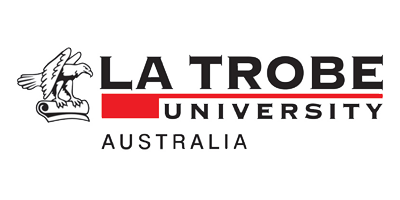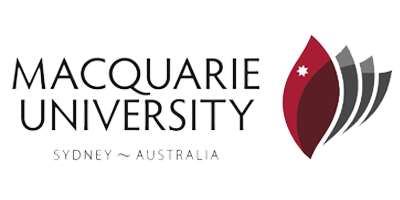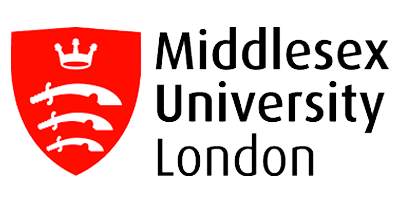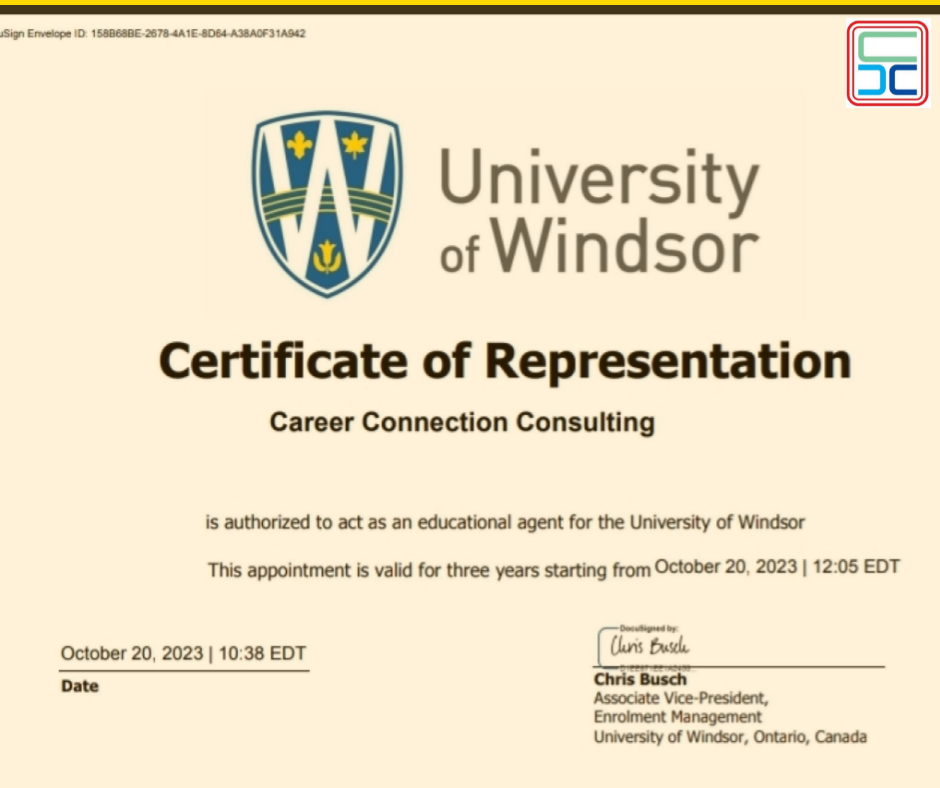Austria covers an area of 83,878 square kilometers with a population of 8,443,018 residents (as of 1 January 2012), including 970,541 foreign citizens (11.5% of total population). In 2011, an average of 1,569 million people with migration background lived in Austria, that is 18.9% of the entire population.
Vienna is Austria’s most densely populated province with 4,175 residents per square kilometre; the Tyrol is the least densely populated province with 57 inhabitants per square kilometre. In 2010, the average life expectancy was 80 years. Austria is bordered by Switzerland, Liechtenstein, Germany, the Czech Republic, Slovakia, Hungary, Slovenia and Italy.
Working while studying
Students from EU countries can either work a maximum three months full-time in any one year without a limit for the income or part–time (up to 12 hours a week) with an earnings limit of €323 a month. In both cases the employer has to file a permit of employment (Beschäftigungsbewilling) at the local government institution.
Economy
The Austrian economy grew by 2.7% in 2011. GDP at current prices amounted to approximately €301 bn (+5.0% in real terms) in 2011 and GDP per inhabitant equalled €35 710. Austria is in the upper sector not only within the EU but world-wide (source: Statistik Austria).
The Austrian economic structure is mainly dominated by small and medium enterprises. The most important industrial branches are:
+ Food industries
+ Machine and steel industry
+ Chemical and vehicle industry
+ Electric and electronic industry
+ Wood and paper industry
Climate
Austria has a typical central European transitional climate, i.e. warm summers, cold winters and adequate precipitation.
Additionally, there are two distinct climatic regions in Austria:
+ The east shows a Pannonian climate (warm to hot summers, relatively low precipitation and cold winters). + The central Alpine region has the characteristic features of the Alpine climate (more precipitation in summer compared to the east and long winters with heavy snowfall).
Labour market facts and figures
A total of 4,183,800 people were in employment across 2012, of which 2,240,400 were male and 1,943,400 females.
Employment
The employment rate for persons aged 15 to 64, i.e. the number of employed persons as a percentage of all persons in this age group, was at 72.5% on average in 2012.
The part-time employment rate (share of persons working less than 36 hours a week, according to information provided by them) amounted to 25.7%. However, 44.9% of women and only 9% of men in gainful employment were employed part-time.
Austria punches above its weight economically. Despite its relatively small size and population it is the 12th richest country in the world in terms of GDP (Gross Domestic Product) per capita, has a well-developed social market economy, and a high standard of living.
With high quality universities and low tuition fees it is an attractive alternative to Germany in which to learn from one of the world’s most important languages – German.
+ Austria has 23 public and 11 private universities.
+ There are three Austrian universities in the QS World University Rankings 2013–14 Top 300. The nation’s leading university, the University of Vienna is 158th, Vienna University of Technology is 264th, and Universität Innsbruck is 289th.
+ Established in 1365, the University of Vienna is Austria’s oldest and largest university.
+ A dozen or so undergraduate and many more postgraduate courses are taught in English. More are taught in English and German.
In this section you will find information on immigration to and residence/settlement in Austria. The target groups are diverse: EU- and EEA- citizens, third-country nationals as well as their family members.
+ The chapter on mobility within the EU addresses EU- and EEA-citizens, including their families and provides information on possibilities for obtaining a residence permit in Austria.
+ In the chapter on permanent immigration you can learn all about the Red-White-Red Card. According to the regulations of this flexible new immigration scheme, individuals planning to live and work in Austria can apply for a Red-White-Red Card if they meet certain criteria. These criteria translates into a points system.
- Alpen Adria University, City Klagenfurt
- The University of Vienna, City Vienna
- Vienna Technology University, City Vienna
- Danube University, City Krems
- University of Applied Sciences Vienna, City Vienna
- Johannes Kepler University, City Linz
- Graz Technology University, City Graz
- University of Graz University, City Graz
- University of Salzburg, City Salzburg
- University of Innsbruck, City Innsbruck
P:S Career Connection Consulting provides only admission support consultancy services, and do not represents them.








